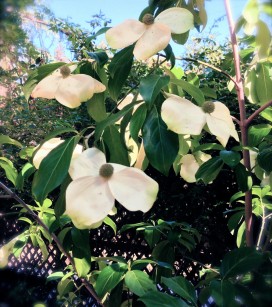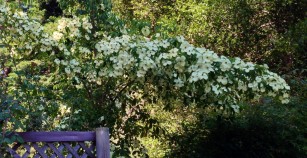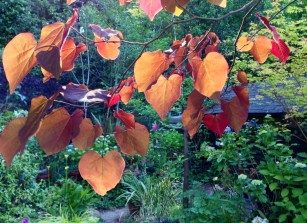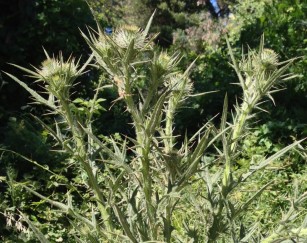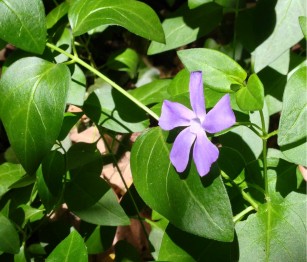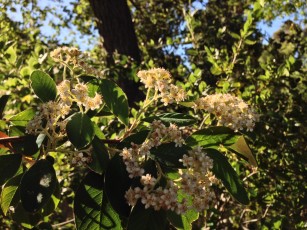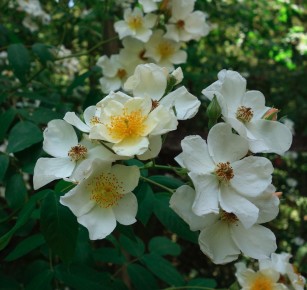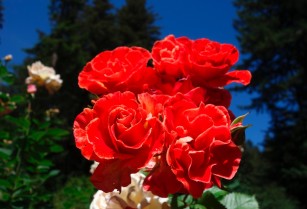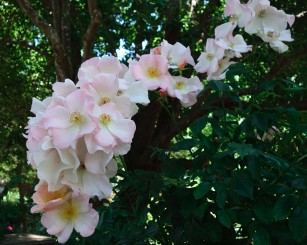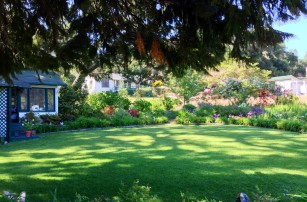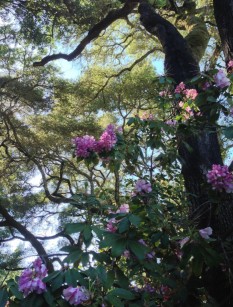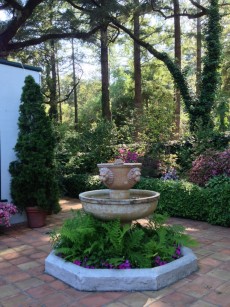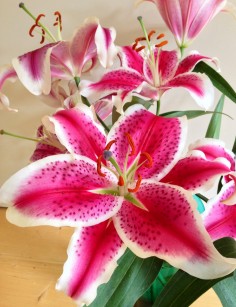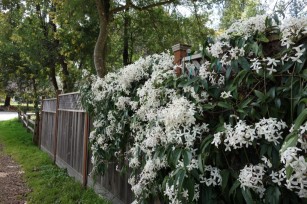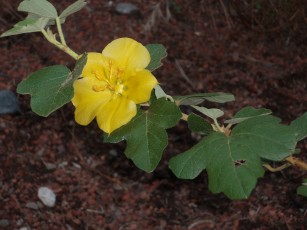 Without a doubt the most requested item I'm asked in the design process is to include low water use plants and solutions that are low maintenance. We live in the west where rainfall occurs predominantly from late fall through late spring in a good year and the amount and duration varies tremendously. Whether you live in the shade or the sun it's a smart idea to keep water costs down in the summer and preserve this natural resource.
Without a doubt the most requested item I'm asked in the design process is to include low water use plants and solutions that are low maintenance. We live in the west where rainfall occurs predominantly from late fall through late spring in a good year and the amount and duration varies tremendously. Whether you live in the shade or the sun it's a smart idea to keep water costs down in the summer and preserve this natural resource.
We all want to do the right thing for the environment by reducing our carbon footprint and becoming good stewards of the land. We want to build our landscapes with green products and incorporate sustainable practices in the garden. A good way to do this is to create gardens that offer food and beauty for people and conserve water while providing habitat and food for the rest of nature. A great place to learn more about the benefits of organic gardening, water conservation and sustainable healthy living is The Garden Faire this Saturday, June 22nd at Scotts Valley's Sky Park from 9am to 5pm.
In it's 8th year, The Garden Faire is a free-admission, educational event for the whole family with 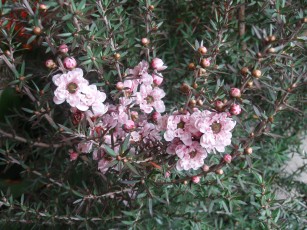 knowledgable speakers, interactive demonstrations, food and beverage, live music, garden goods and plants for sale. This year The Faire will focus on the whole person offering a healthy rest stop with chair massage, reiki and a tea house.
knowledgable speakers, interactive demonstrations, food and beverage, live music, garden goods and plants for sale. This year The Faire will focus on the whole person offering a healthy rest stop with chair massage, reiki and a tea house.
This event is sponsored in part by both SLV and Scotts Valley Water Districts because they know the importance of sharing information about ways to conserve water.
What can you do right now to save water in your landscape? First choose wisely what you plant in the garden and how you water. Start with a smart design by evaluating how the space will be used and what plants will thrive with a minimum of care and pruning. Select the best trees and place them to shade the south side of the house to reduce cooling costs. Supplement the soil by making soil health a priority. Examine your irrigation system and watering plan for efficiency and minimal waste.
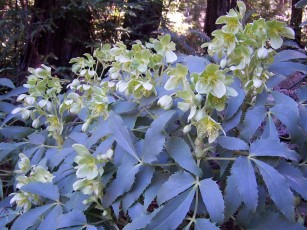 A time saving strategy is to group plants with similar moisture needs. This may sound like a no brainer but if you have just one prima donna in a bed of more drought tolerant plants, you'll be dragging the hose over there for just one plan or running the irrigation system longer to keep it happy. If you find that some of your plants are not quite as low water as you'd like, move those to their own spot. Grow thirsty plants in the lowest areas of your garden where more water collects. In general, plants with large leaves usually require more water and transpire faster while drought tolerant plants typically have deep taproots and leaves that are smaller, silver, fuzzy or succulent.
A time saving strategy is to group plants with similar moisture needs. This may sound like a no brainer but if you have just one prima donna in a bed of more drought tolerant plants, you'll be dragging the hose over there for just one plan or running the irrigation system longer to keep it happy. If you find that some of your plants are not quite as low water as you'd like, move those to their own spot. Grow thirsty plants in the lowest areas of your garden where more water collects. In general, plants with large leaves usually require more water and transpire faster while drought tolerant plants typically have deep taproots and leaves that are smaller, silver, fuzzy or succulent.
Your method of irrigation helps conserve water. Hand watering where possible, especially new plantings, directs the water exactly where its needed and you can shut off the hose as soon as the plants receive enough water. A soaker hose is another efficient option that reduces evaporation during the watering process. An automatic irrigation system with a rain sensor, weather based controller or soil moisture sensors is the newest way to save water.
Plant dry climate plants like tea tree ( leptospermum), lavender, rosemary and sage in open, sunny areas and shade the soil with drought tolerant ground covers like ceanothus, manzanita, oregano and thyme to conserve moisture. Try Corsican hellebore (helleborus argutifolius)for a tough, low water use plant in a shady area. Use less turf grass and more walkable ground covers where possible to keep the landscape looking green and fire safe.
To improve soil structure, plant deep rooted plants to break up heavy soils and add organic matter. Using wood based mulch on garden beds helps contain moisture in the soil, too. To provide soil with nitrogen, plant ceanothus, clover, legumes like beans, and peas and lupine. To supply minerals as compost or mulch plant chives, comfrey, garlic and white yarrow.
California natives or plants from similar climates in the world are low maintenance, low irrigation plants and usually need less tending, fertilizer and pruning. Like all plants they require a period of irrigation in order to become established. Even plants that require no irrigation after becoming established like Flannel Bush (Fremontodendron) will need some water for the first 2 summers, at least, and maybe even during the first winter if there is a long dry spell. The rule of thumb to determine if a plant is established and self sufficient and therefore not requiring any more irrigation is when it has grown 2-3 times the size it was when planted or after is has been growing for 2 summers.

